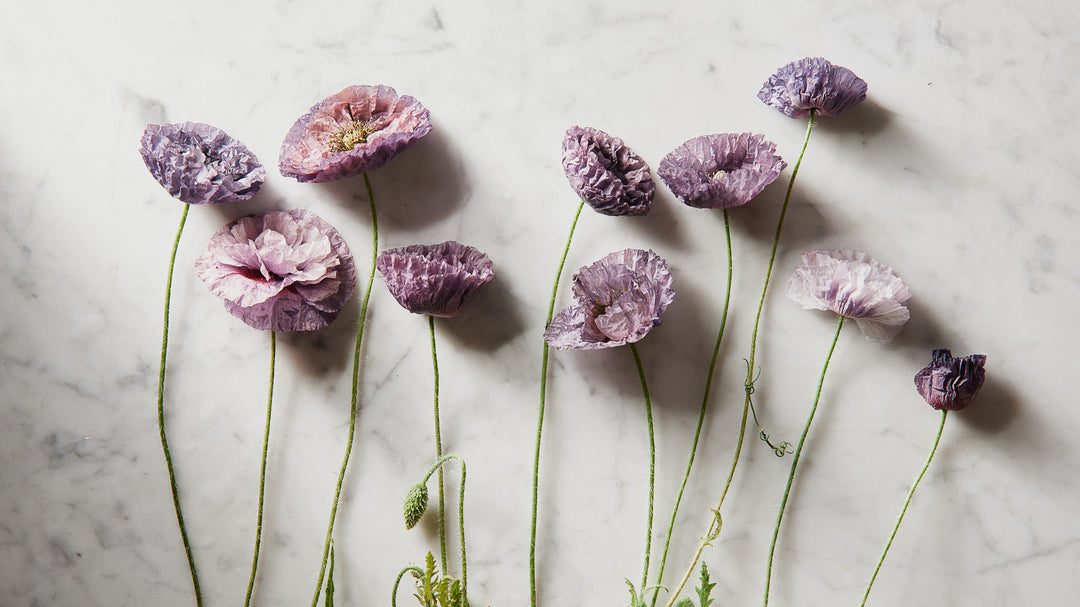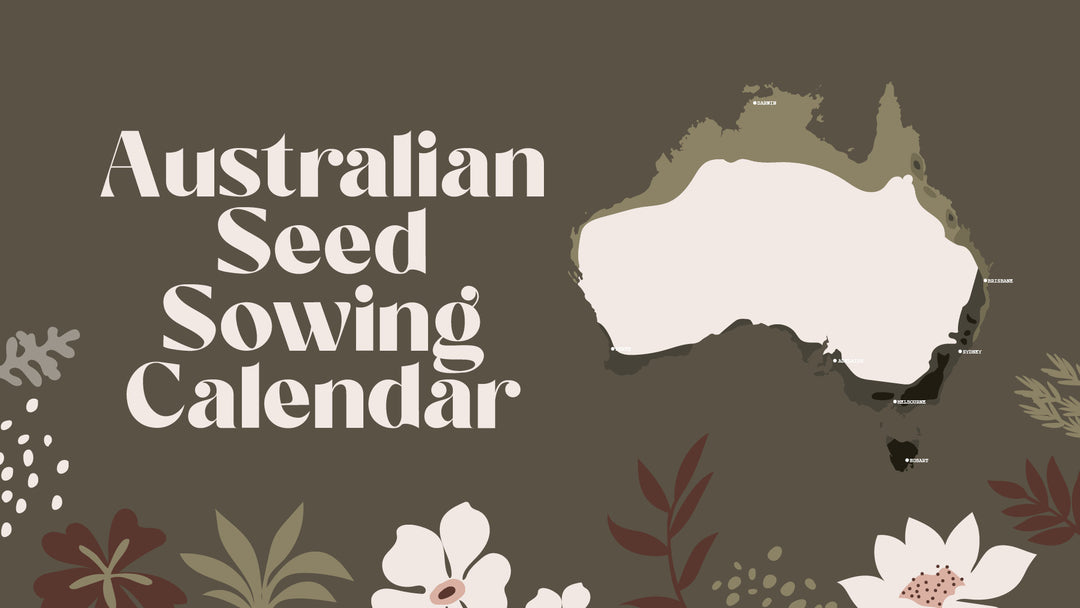Growing Australian Natives from Seed

Australian native plants are all so wonderfully wild, they have unreal colours and textures.
From the tiny brilliant blue wildflower Dainty Pea to the giant fire red of the Illawarra Flame tree, the azure blue of the Quandong bush food fruits, crunchy Strawflowers and fluffy heads of the Mulla Mulla - all these unique plants will bring such diversity into your garden.
Although growing Australian natives from seed may take some extra care and time, these unique flora will reward you in beauty and biodiversity, they are a must to grow in your garden at home.
Once Australian native plants are established they are generally extremely hardy and low maintenance. They require little water, can establish well in poor soil conditions and provide much needed habitat and food for native fauna. Australian native plants will bring in native beneficial insects, you will be rewarded with an abundance native bees, butterflies and bugs!
Growing Australian Natives at home will help conserve these special species for future generations, especially as some native varieties are on the threatened list.
Tips to help germinate Australian Native seeds:
- Australian native seeds can be sown all year round, although they will do best in the more milder seasons of Autumn and Spring.
- It is best to raise Australian native seeds as seedlings, raise them in well draining pots or seedling trays, in a controlled environment this will provide you will more success.
- Use a specific native potting mix that has been formulated especially for raising natives, these are readily available at your local nursery.
- Use a fine water spray for smaller seeds to avoid dislodging them.
- The ideal temperature for most native seeds to germinate is around 18-22 degrees.
- Germination time can vary. Generally they will take a lot longer to germinate than others. So patience is the key!
- Don't over water them, as this will cause the the seedling stems to rot (damping off).
- Once the second leaves have appeared they can then be transferred into larger pots, and then into the garden at around 3 months of growth.
Some native seeds may require treatments before sowing them;
Smoke treatment
Some varieties are smoke germinators, this means they will benefit from added smoked vermiculite (easily found to purchase online or local nurseries).
The wild flannel flower can be seen in all its glory after a bush fire has passed through, therefore they are a variety that will benefit from smoke treatments.
Other varieties that may benefit from a smoke treatment include:
Flannel Flower (back soon)
Guichenotia macranthaControlled regenerative burning in some parts of Australia is essential for certain native species to rejuvenate and seed.
Soaking
Seeds that have a hard outer seed coating can be soaked in almost boiling water overnight. Once the seed is swollen it is ready for planting.
Some natives will have seeds inside the fruit stones (Quandong and Bush Tomato), these fruit stones will also need to be soaked and then have the seeds extracted.
Seeds that will benefit from soaking include:
Fire Wheel TreeScarification - again seeds that have a hard outer seed coating such as Kennedia and Acacia will benefit from physical abrasion to help speed up germination, two pieces of sandpaper can be used on the side of the seed, scratching the outer seed coat.
Stratification - more for any species that are endemic to the alpine regions, such as Eucalyptus. You can wait until after a cold spell or you can mimic this cold spell by putting the seeds in the refrigerator for 1-3 months which may help germination.
Native seeds such as the ever popular Billy Buttons, Rottnest Island Daisy and Strawflowers do not require pre-treatments, but strawflowers need light to germinate, so cover ever so lightly.
All good thing take time! Native seeds can remain dormant for quite some time, so don't be too hasty to give up on them! They will be just waiting for their perfect conditions to germinate.
Once you begin the journey of growing Australian Natives from seed, you will fall in love with them.
Shop our Australian Native Seed collection here. Winged Everlasting Ammobium - Ammobium alatum
Winged Everlasting Ammobium - Ammobium alatum

Blue Flax Lily - Dianella brevipedunculata

Strawflower - Helichrysum monstrosum

Kangaroo Paw - Anigozanthos manglesii









